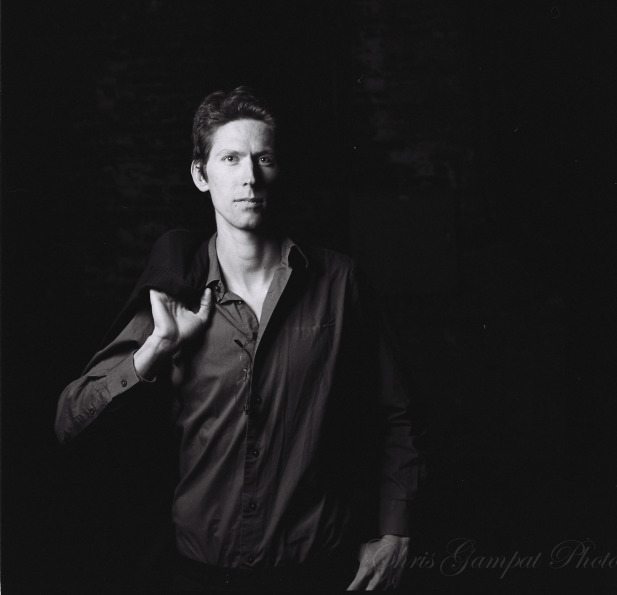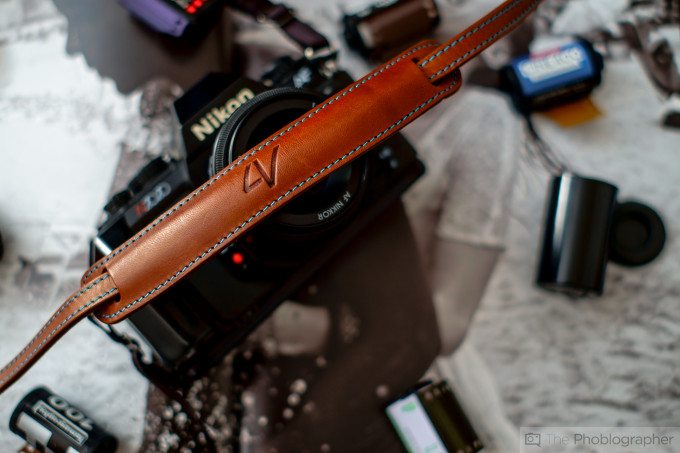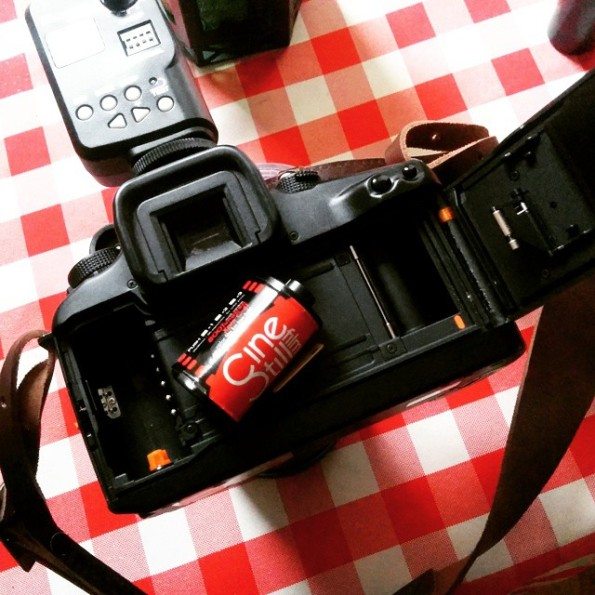Before you grab the pitchforks and scream at me to shut my trap because an idea like this could hurt the film community, bear with me,
For the past couple of years, I’ve been asking myself very personal questions when it comes to using film. You see, in general all my digital photography is commercial or for the Phoblographer (which then turns commercial) and all my personal project work is film-based. Granted, that’s not the case for everyone.
However, on the same train of thought, it can be very well argued that digital photography at both the APS-C and 35mm full frame level have both caught up and arguably surpassed their film counterparts in terms of versatility, detail rendition, etc.
But it hasn’t quite caught up with all that 120 can offer.
So with that said, is it time to totally stop teaching students 35mm film? Lots of schools these days have switched over to digital and some even totally forget about film. Forgetting about film I personally feel does a great injustice to students who are paying way too much money to a college or university with no guarantee of a job when they get out.
My answer: not really. 35mm film still has some very specialized offerings like the stuff that CineStill, Lomography and a couple of others offer that you can’t really get with standard Kodak and Fujifilm offerings. Let’s face it: Kodachrome is gone. Very few people these days really know how to take the biggest advantage of Velvia, etc. Perhaps the best color film out there right now is Fujifilm Natura, and that stuff is only available in Japan. For years I was a tried and true Kodak Porta boy, but photographer Simon Chetrit showed me otherwise.
I mean, have you seen the look of CineStill? To be honest, I’d vehemently argue that it’s the best thing to happen to 35mm film in years.
Now don’t get me wrong, I’m not at all either championing the abolishing of all film being taught in schools. Instead, I believe that focusing on medium format, large format and alternative processes like Wet Plate, Instant, etc is quite important. The reason for this is because it teaches photographers to slow down. Not everything in photography requires you to have the fastest autofocus, the most accurate and precise focusing on someone’s iris, etc. Instead, it’s a slow process that makes you think carefully about the image that you’re going to create.
Think about it: your entire grade revolves around 35 frames for an entire semester. What would you shoot? There is no extra credit; and each image is very important let alone graded. That means that you’ve got 36 chances to ensure that you’ll get an A or a passing grade of some sort. To be honest, that’s a lot of opportunities. It would teach someone to be very careful about everything that they do and not only teach valuable artistic advice, but also teach valuable life advice about thinking before you do something?

Think about how much value a student could get out of that?
Now, going back to my idea of teaching medium and large format, condense that down to even less frames. Say 24, 12, or maybe even 10. Each image would be harshly criticized. It would teach photographers of the future such valuable lessons! However, these lessons are really only given with the larger formats than 35mm. When these students have worked with larger formats, they’ll then apply those theories and concepts to smaller formats like a full frame 35mm digital camera or even with a phone. Then think about how much their work could stand out from the rest of the applicants for jobs out there?
35mm film, which it is fairly cheap and lets photographers get the analog experience for a cheaper price point, isn’t necessarily a viable teaching tool anymore because of everything that DSLRs and mirrorless cameras can do these days. But at the larger formats and the specialized emulsions, it’s very viable as a learning tool.





